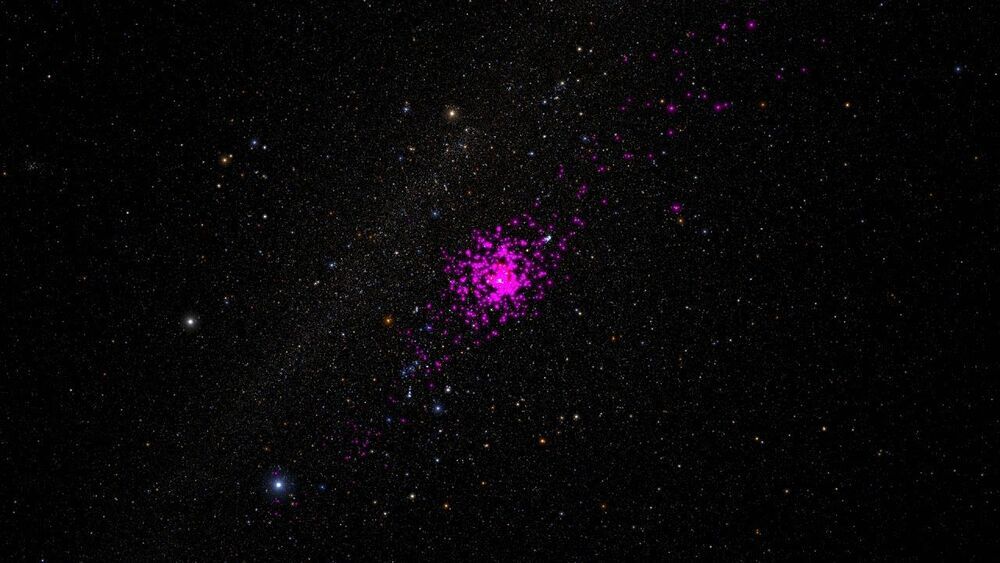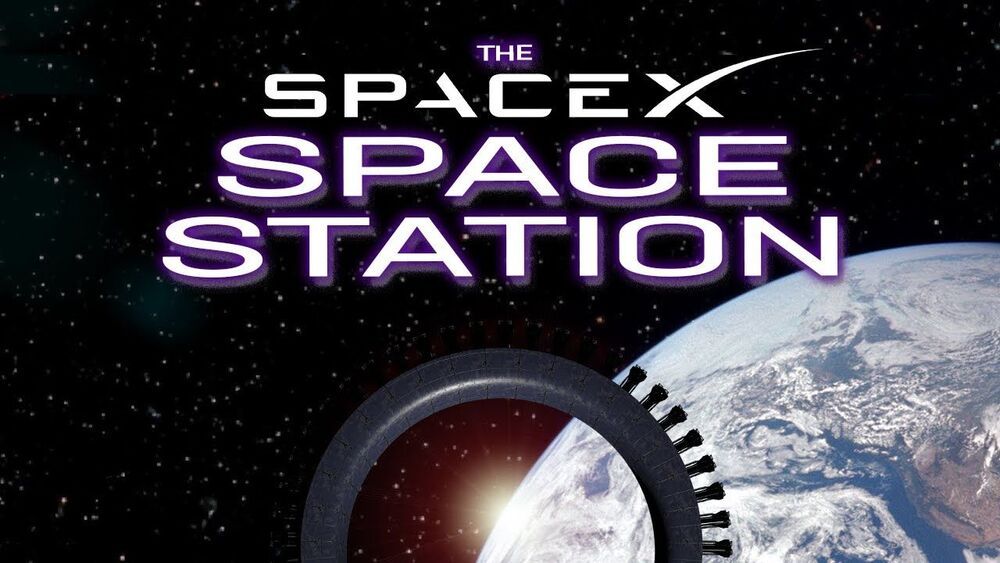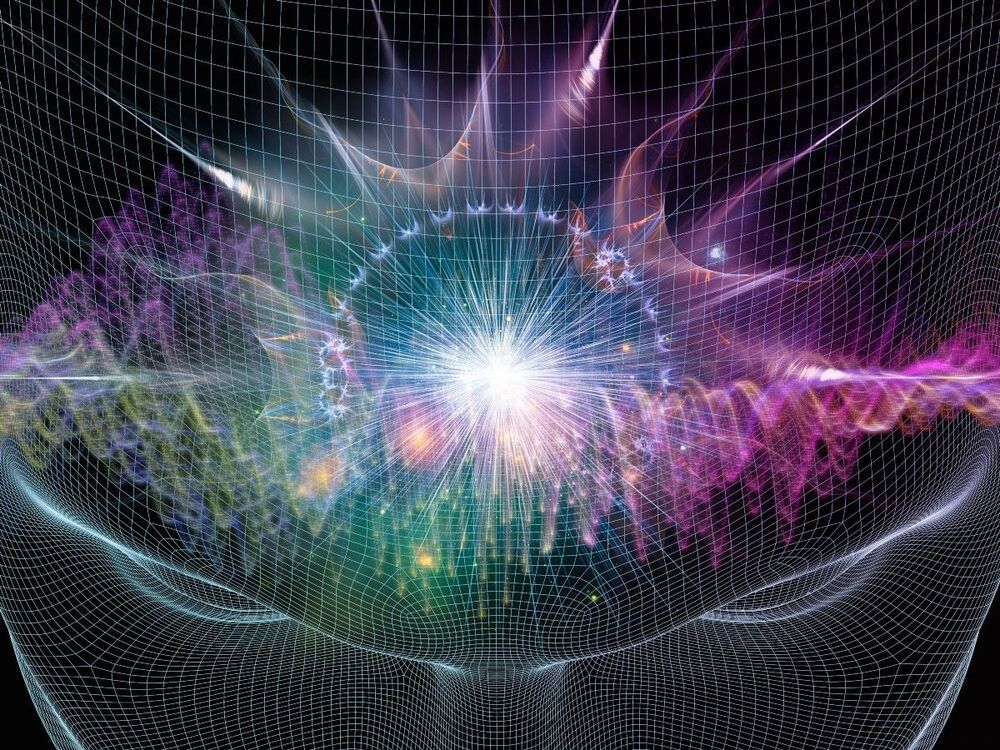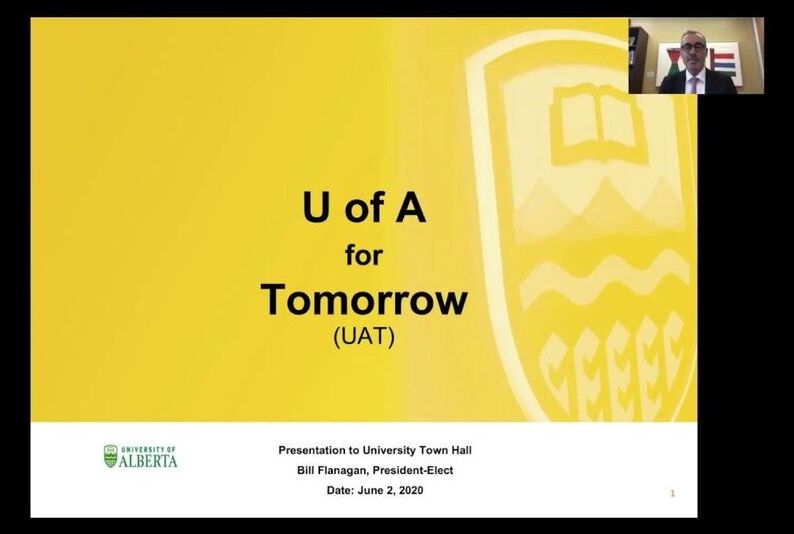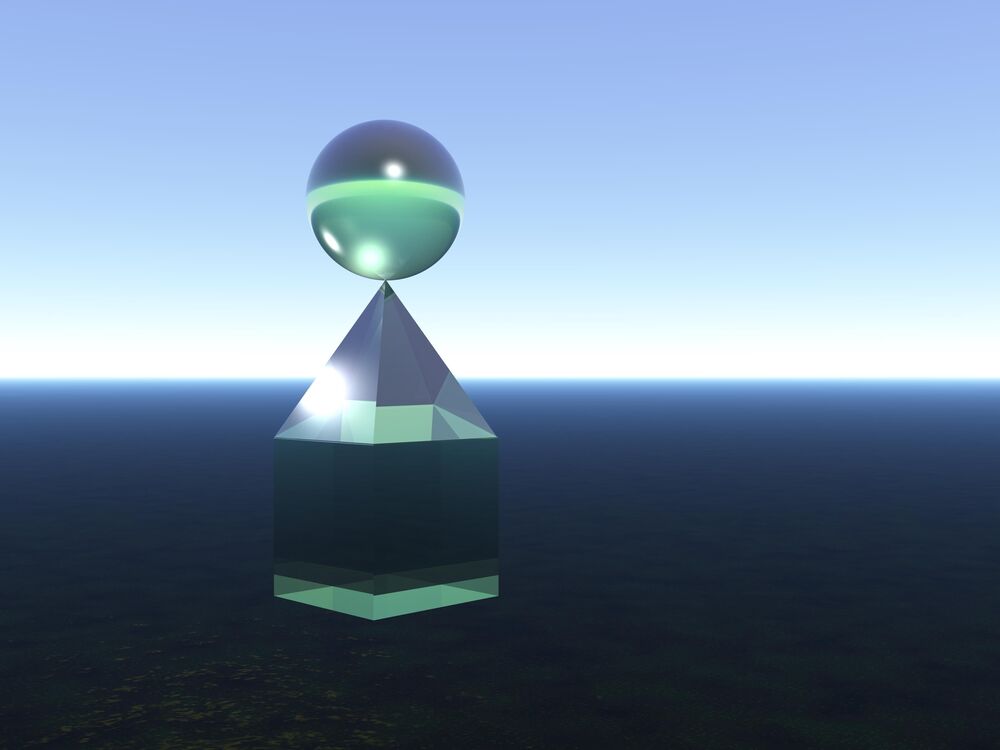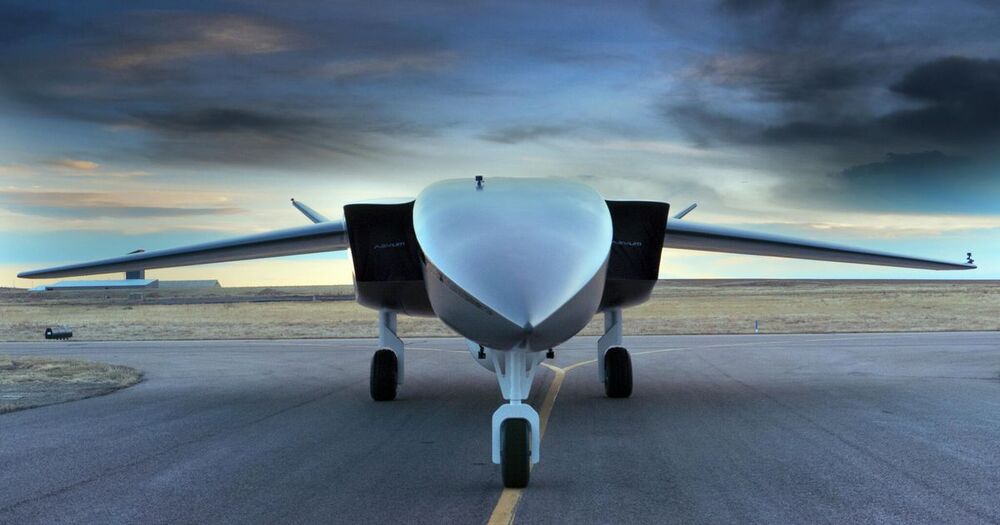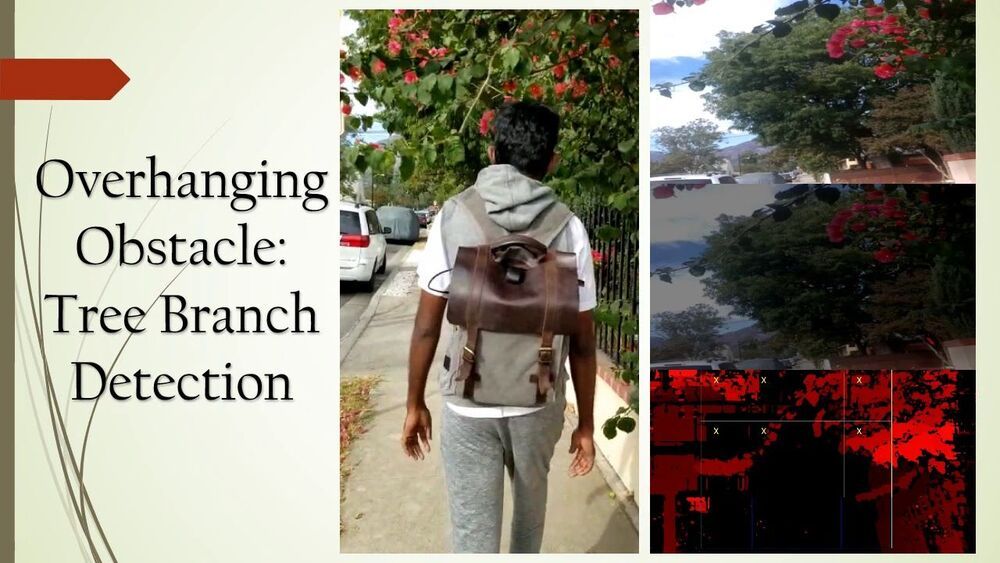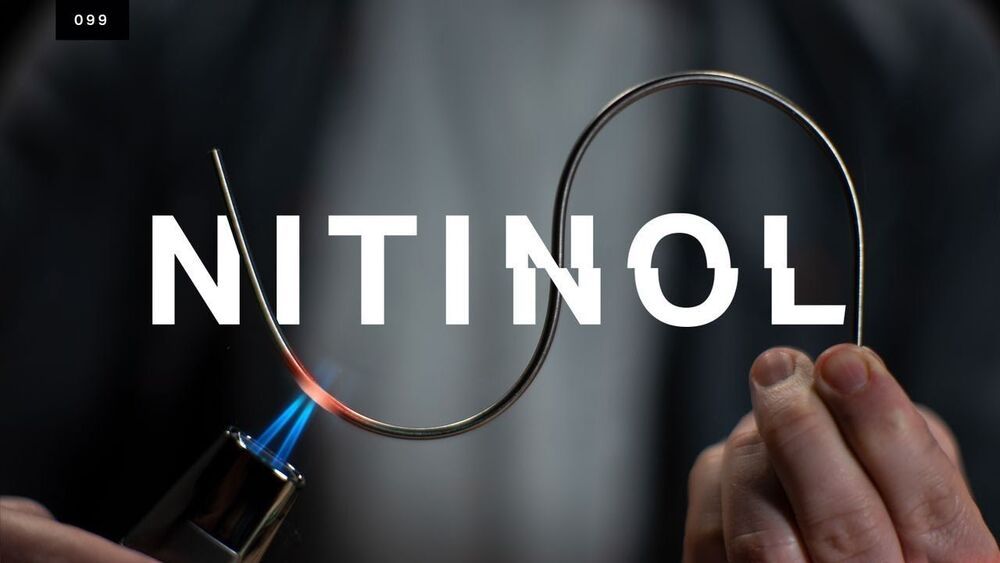Data from ESA’s Gaia star mapping satellite have revealed tantalizing evidence that the nearest star cluster to the Sun is being disrupted by the gravitational influence of a massive but unseen structure in our galaxy.
If true, this might provide evidence for a suspected population of ‘dark matter sub-halos’. These invisible clouds of particles are thought to be relics from the formation of the Milky Way, and are now spread across the galaxy, making up an invisible substructure that exerts a noticeable gravitational influence on anything that drifts too close.
ESA Research Fellow Tereza Jerabkova and colleagues from ESA and the European Southern Observatory made the discovery while studying the way a nearby star cluster is merging into the general background of stars in our galaxy. This discovery was based on Gaia’s Early third Data Release (EDR3) and data from the second release.
